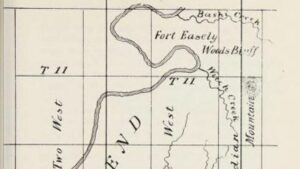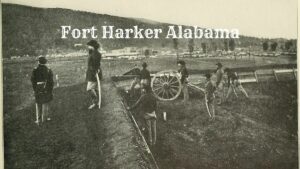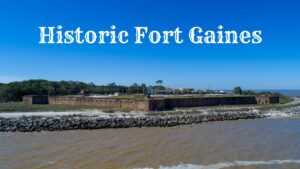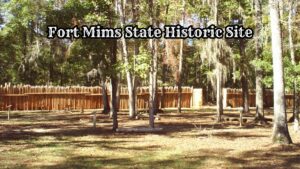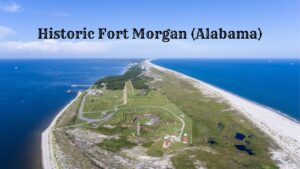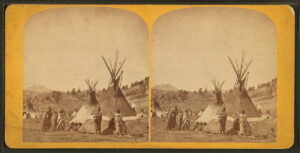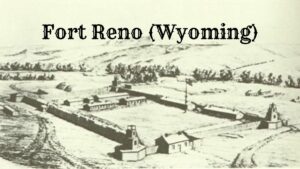Fort Sinquefield in Alabama: Historic Site of Civil War Battles
Fort Sinquefield, a vital stronghold during the Creek Indian War, protected early settlers in Clarke County, Alabama. This historic fortification became a refuge amidst escalating conflicts with Creek warriors, particularly the Red Sticks. Known for its involvement in significant events like the Kimbell-James Massacre, Fort Sinquefield’s strategic location and robust defenses helped safeguard the pioneers. … Read more

